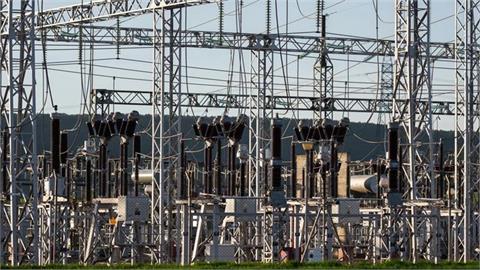by Tom Wilson* Global oil demand is set to rise to an all-time high in 2023 as China relaxes its Covid-19 restrictions in a move that may push crude prices higher in the second half of the year, according to the International Energy Agency
Demand for crude oil could rise 1.9mn barrels a day to reach a record 101.7mn b/d, while the evolving impact of western sanctions on Russia threatens to constrain supply, the IEA said in its first monthly oil report of 2023.
“Two wild cards dominate the 2023 oil market outlook: Russia and China,” the report said, adding that robust demand growth would tighten “the balances as Russian supply slows under the full impact of sanctions”.
Crude prices soared last year to near record highs amid fears of disruption to oil markets following Russia’s full invasion of Ukraine, but then fell back as Russian supply held up and an economic slowdown crimped demand, particularly in Europe.
The Paris-based IEA, which advises governments on energy policy, said Russian oil supply had “held steady” in December, at 11.2mn b/d, despite the introduction of EU sanctions on the import of Russian crude.
However, it forecast that the “well-supplied” global oil market at the start of the year could “quickly tighten” as western sanctions — particularly an EU ban on the import of refined Russian products from February 5 — take full effect.
Prices for Brent crude, the international benchmark, climbed 1.4 per cent on Wednesday morning to more than $87 a barrel. Growing optimism that Chinese demand will recover this year has helped oil prices rally by around 10 per cent in the past week.
The IEA said nearly half of the forecast rise in oil consumption this year would come from China even though “the shape and speed” of the country’s reopening remained uncertain.
Coronavirus restrictions in China, which depressed economic activity last year, meant that Chinese oil demand in 2022 fell for the first time since 1990, declining by an average of 390,000 b/d, its biggest annual fall. But the loosening of quarantine and testing measures in November, followed by Beijing’s abrupt decision to abandon its so-called zero-Covid regime in early December, had already boosted Chinese consumption, the IEA said.
Chinese oil demand in November rose by 470,000 b/d compared with October, according to the agency’s data. Opec, the oil producer group led by Saudi Arabia, expects Chinese demand to grow by 510,000 b/d in 2023, it said in its own monthly report published on Tuesday. Opec predicts global oil demand will rise by 2.2mn b/d in 2023 to 101.8mn b/d.
Opec and its allies, including Russia, boosted their oil output by a combined 4.7mn b/d in 2022 but slashed their group production target in October, despite US pressure to continue pumping more. As a result, global oil supply growth in 2023 was set for a “dramatic slowdown”, the IEA said.
Oil production is predicted to increase by 1mn b/d this year, it said, as increased output from the US, Brazil, Norway, Canada and Guyana is offset by an 870,000 b/d fall in production from the Opec+ group.
*Tom Wilson writes about the world's largest energy companies, OPEC and the energy transition. He previously ran the FT's Middle East and Africa news coverage after serving in Kenya as the FT's East Africa correspondent.
(Financial Times, January 18, 2023)




